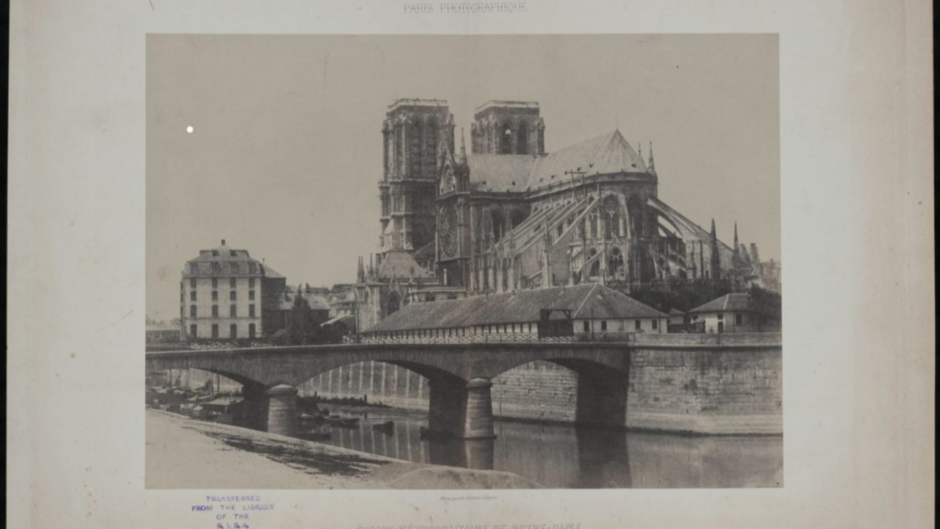The Conway Library contains contains almost one million photographs of world architecture, architectural drawings, sculpture, decorative arts and manuscripts. It has been constructed over a period of almost a century, though some of the photographs held are considerably older. This paper provides a focused evaluation of the historiography of the library’s origins, and how and why it was built upon Conway’s original donation. A wide spectrum of issues and considerations are examined ; the scale and scope of the market for, and availability of, architectural photographs from the time of Conway’s undergraduate career; Conway’s philosophy and approach; channels of distribution and acquisition; the physical constraints of the solander boxes and the range of photographic formats available; of colour photography; of image classification systems; and photographic print processes. There are also cultural and anti-semitic dimensions linked to the Warburg Institute and the role of pre-WW2 German emigrees to London. Cross-references between photographers and their photographs represented in the Conway help link this matrix together and provide further insights into the library’s significance and influence.
Anthony Hamber is an independent photographic historian, specialising in the 19th century. He was the photographer and head of visual resources at the History of Art Department, Birkbeck College. His PhD was published as A Higher Branch of the Art / Photographing the Fine Arts in England 1839-1880 (1996) and most his recent book is Photography and the 1851 Great Exhibition (2018). He has published and lectured widely. His current research projects include an annotated bibliography of photographically illustrated publications 1839-1880. Anthony researches the historiography of art and architecture photographic collections, photographic print processes, and colour reprographics process.
Organised by Dr Tom Nickson (The Courtauld)






